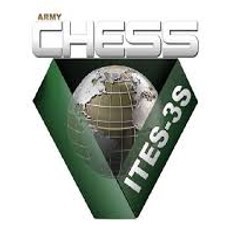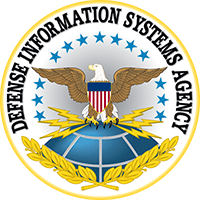Censure (verb): To express severe disapproval of something. Related verbs: Dis [slang] - to show disrespect for, disparage, belittle, insult or criticize; Shun - to keep away from based on motives of dislike or to take pains to avoid.
Business Transformation and its many forms - Business Process Reengineering (BPR), business process improvement, Lean, digital transformation, modernization of enterprise systems, performance management, etc. are all main stream strategic initiatives driving organizational agility, enterprise effectiveness and operational efficiency.
I maintain that the soul of these initiatives begins with a solid current “as-is” state process map and sophisticated current state analysis. Actually, I’ll go a step further and draw an unequivocal line in the sand that current state mapping and analysis is absolutely essential to successful business transformation initiatives.
My experience is that the vast majority of organizations and associated subject matter experts, stakeholders, analysts and technical professionals clearly and intuitively understand the value of current state mapping and analysis. However, from time to time I encounter small, but steadfast, pockets of management, staff and yes, even business and systems analysts that censure - dis the value of current state mapping and analysis and shun the inclusion of current state mapping and analysis in business transformation initiatives.
Common refrains from this camp include:
“We already know what we do, let’s just skip to what we need to be doing going forward – so no need to map and analyze existing processes.”
“Our current processes are dysfunctional – we are going to radically transform to new lean agile processes – so no need to map and analyze existing processes.”
“We are implementing new enterprise systems and we are adopting best practices provided by the solutions vendor – so no need to map and analyze existing processes.”
– and on and on it goes!
My experience is that the censure camp does, at a minimum, a disservice to their organization by creating uncertainty among management, SMEs, staff and other stakeholders regarding the value of current state mapping and analysis – which leads to lower levels of management and staff engagement in the transformation initiative, which results in less than optimal outcomes.
However, my experience is that far more frequently the censure camp, albeit unintentionally, inflicts significant harm to their organization by convincing the organization to censure current state mapping and analysis, often resulting in failed transformation initiatives – which the organization often never fully recovers.
This post and the associated 18-page in-depth whitepaper is targeted to two audiences – the vast majority of people that are already on-board with current state mapping and analysis, and the smaller camp of people that censure current state mapping and analysis.
To the vast majority of people that are already on-board with current state mapping and analysis, this post and the associated 18-page in-depth whitepaper provides you with a solid business case for current state mapping and analysis, as well as excellent content for socializing the concept among project participants should you encounter the censure camp.
However, if you are in the censure camp, my experience is that you are smart, insightful and dedicated for sure, but you had a bad experience with current state mapping and analysis (which I discuss in detail in the in-depth whitepaper) and that bad experience shades your view and creates baggage going forward.
My hope is that for those of you that are in the censure camp, this post and the associated 18-page in-depth whitepaper provides new insights to enable you to jettison the baggage, soften your position and embrace the value of current state mapping and analysis.
It's a very complex, globally competitive, rapidly changing business environment. Ask yourself some critical questions. Are the business processes and supporting applications in your organization keeping pace with ever increasing demands for organizational effectiveness and operational efficiency and enterprise agility?
Does your team and your organization have the critical thinking skills and analysis techniques to rapidly identify, analyze and articulate essential business requirements? Are you able to rapidly define and specify your business requirements at the level of detail of business system requirements?
If you can, what are the benefits? If you can’t, what are the risks? Successful transformation and modernization requires deep business knowledge, adept judgment and seasoned experience.
Subscribe to my blog | Visit our Knowledge Hub
Visit my YouTube channel | Connect with me on LinkedIn
Check out our Business Analysis Training Courses and Consulting Services




















